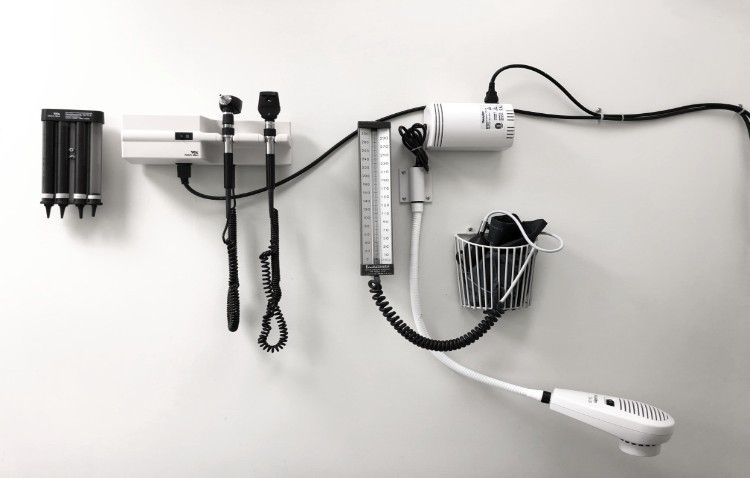The Nine Forces Converging On Primary Care: #2 The Baby Boomer Tsunami
On the subject of the Perfect Storm and its metaphoric equivalent that threatens primary care medicine, I wanted to offer the second convergence in a series of nine. And wherever you stand on health reform, there’s no arguing with demographics. Every day in America 10,000 people turn 65. It’s like in just one month, a city the size of Toledo suddenly appears and everyone’s on Medicare.
Add another week and you’ve got a Pittsburgh full of aging Baby Boomers. In four months you’re looking at enough 65-year-olds to fill Dallas. You get the picture. There are quite a few older adults coming down the road and it’s a road leading straight to the PCP’s office where they’re going to be playing musical chairs with all those newly insured people we met in the last blog.
“Baby Boomers”, and I count myself in their number, are people born between 1946 and 1964. Studies show that the majority of them have at least one chronic illness, and will likely have more as they continue to age. As I discussed in The Familiar Physician: Saving Your Doctor in the Era of Obamacare, managing multiple chronic illnesses takes time and can be costly.
As I referenced in The Familiar Physician: Saving Your Doctor in the Era of Obamacare, the problem is that on average, physicians earn 20% to 30% less from Medicare than they do from private patients. As a result, many doctors are dropping out of the program. In the area of primary medicine, it’s estimated that around 90% of physicians still participate in Medicare. A smaller percentage, however, are accepting new patients so the trend is not good, and it’s likely to get worse.
Along with all those new 65-year-olds, there are quite a few even older Americans around. In fact, the 85 and over age group is one of the fastest growing among the general population. In 1996 there were about 4 million people in the U.S. over 85 years old. Four years later the number increased to 6.7 million adults over 85 and by 2040 13 million are projected.
This trajectory itself isn’t catastrophic since the rise will be relatively gradual and steady. What may add severe stress to the system, however, are the breakthroughs predicted in genomic science and regenerative medicine that are expected to make significant inroads against cancer, diabetes, heart disease and stroke within the next several decades.
With this increased life expectancy we can only hope that other age-related afflictions, including Alzheimer’s disease, which is predicted to double by mid century, will also be reduced through research breakthroughs and biomedical and technological innovation.
Whatever the future holds in this area, the one thing we can be virtually certain about is that there will be more aging Americans, more chronic conditions, and possibly fewer – but definitely more stressed – primary care physicians.









